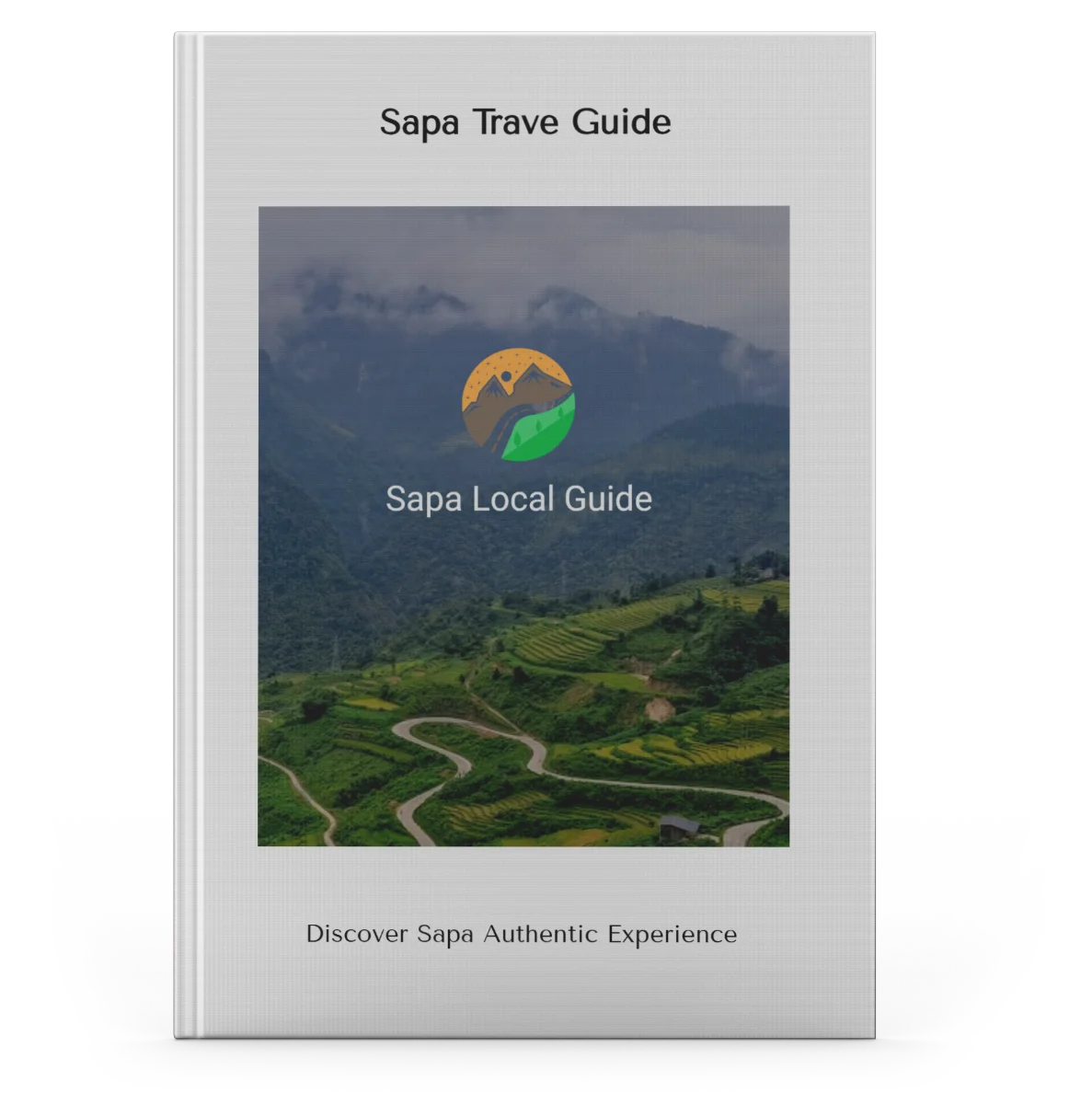![]()
Authentic Experience of Sapa
Sapa hidden beauty, guide, Things You Should Know About Local Treks in Sapa, reveals off the beaten path adventures and unique cultural encounters

Explore the secret treasures of Local trekking in Sapa with our informative guide: '10 Surprising Facts About Trekking in Sapa.' Find out interesting details about this magical place, from unknown paths to special cultural meetings.
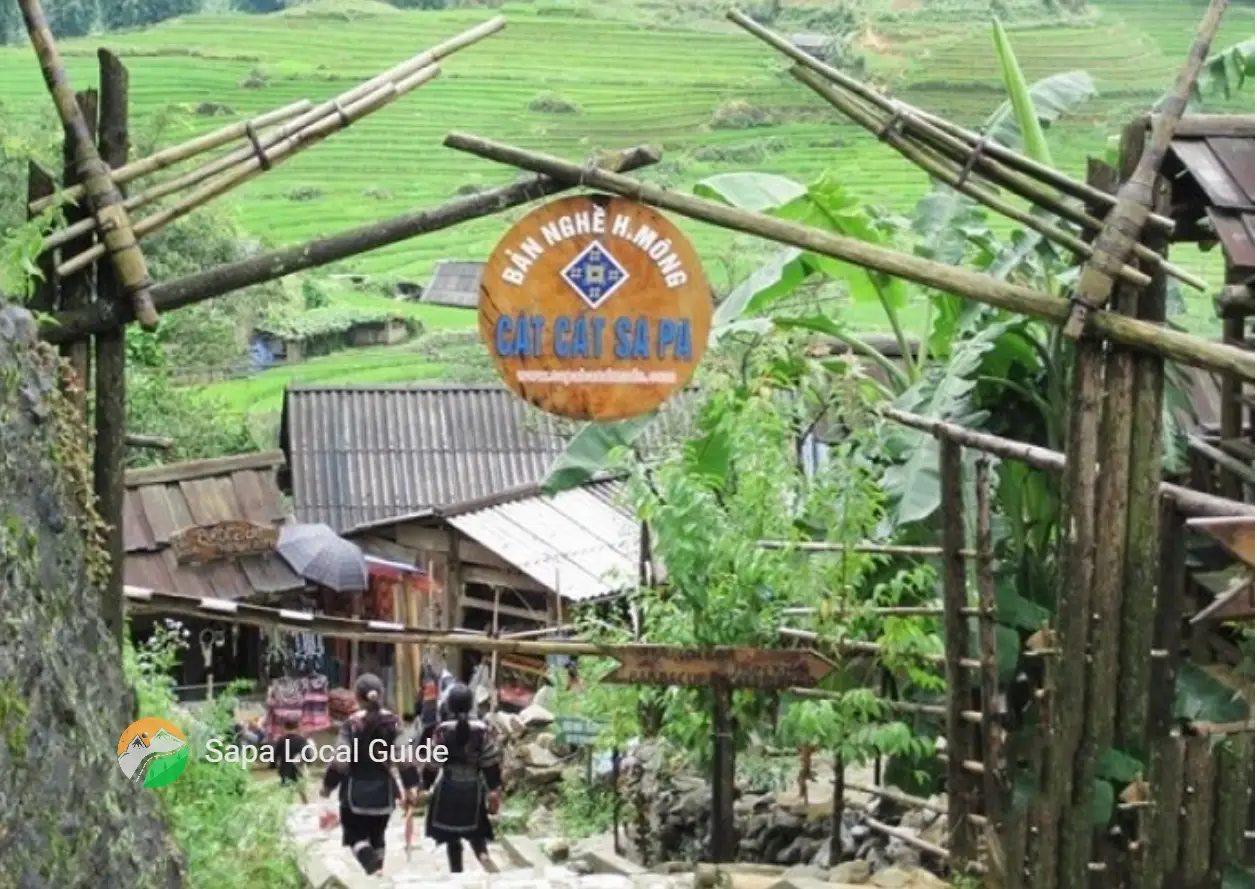
Local Trekking in Sapa is well-liked for a few reasons. Firstly, Sapa boasts stunning scenery with beautiful landscapes, rice fields, and grand mountains. This is a big reason why trekking in Sapa is so favored. The beauty of the area captivates hikers and offers a special experience. Sapa is home to different ethnic groups like the Hmong, Dao, and Tay. This mix of cultures makes trekking in Sapa even more popular, as tourists can dive into these cultures, discover their traditions and skills, and engage with the local communities.
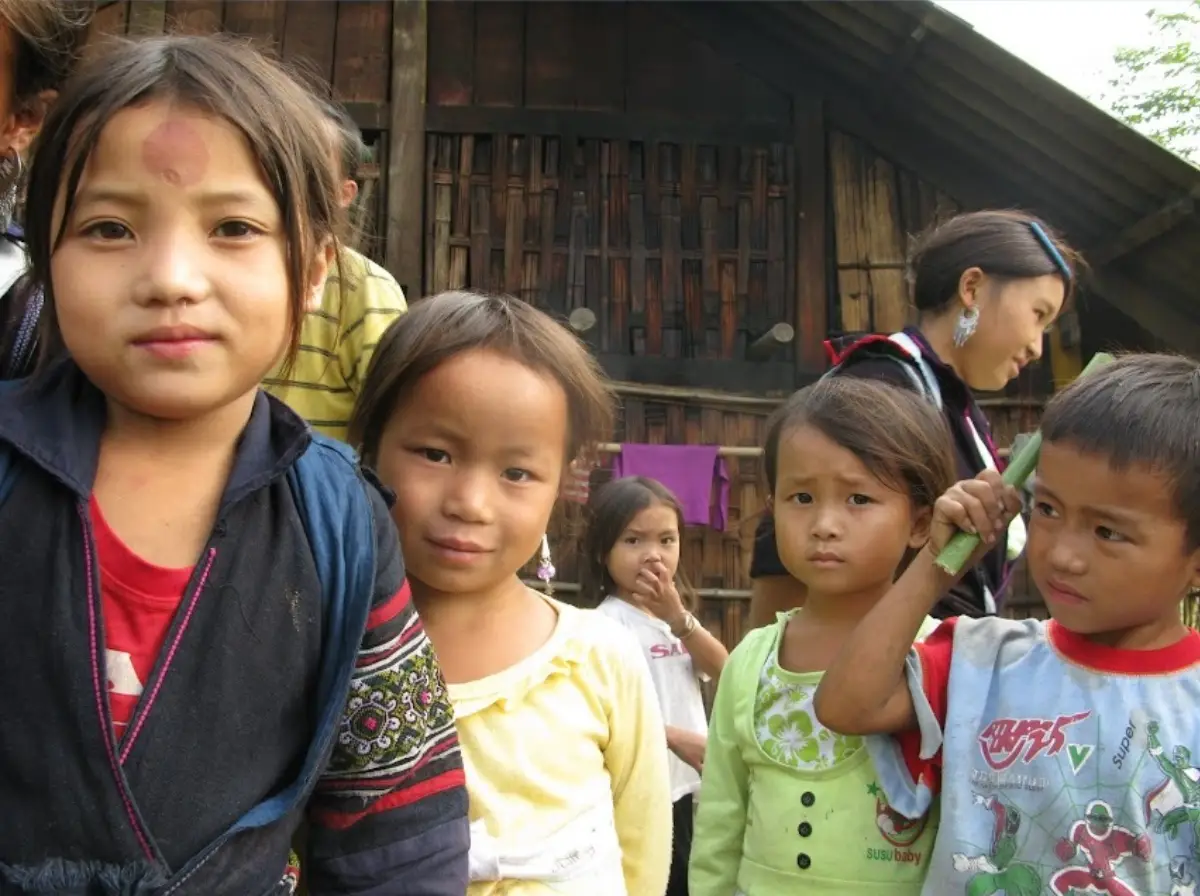
The tough land in Sapa is one more reason why trekking is so liked. The up-and-down hills and rough paths give a thrilling adventure for those who love trekking. The hard work needed for local trekking in Sapa makes it feel like a big achievement and is really exciting. The challenging paths attract people who want a big thrill and feel proud of themselves.
In Sapa, you can also have a special homestay experience where you can stay with local families and see how they live. This helps you understand their culture better and makes your trekking experience even more memorable. Living with local families lets you learn more about their culture and customs, making your experience richer and more real.
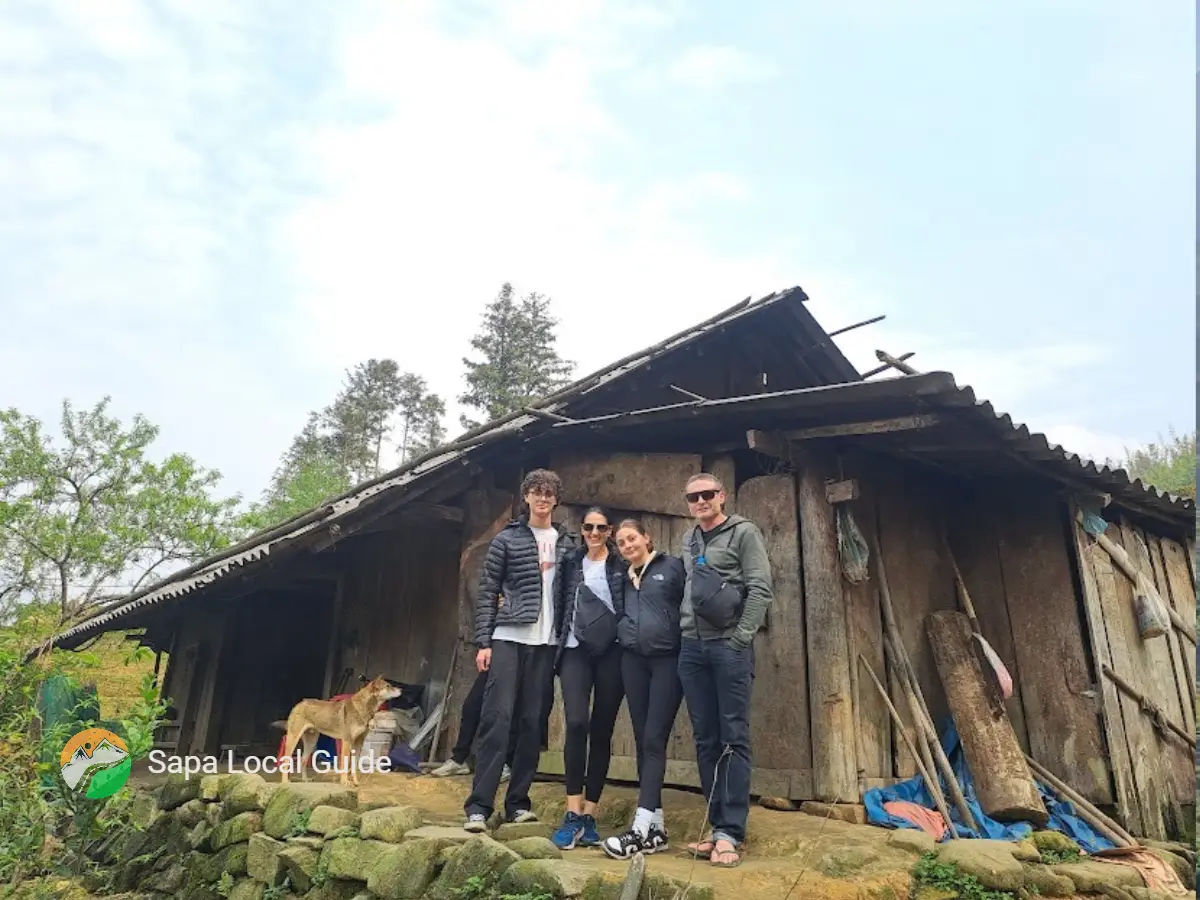
The food in Sapa is delicious and special. Tourists can try local dishes like “thang co” (a soup with horse meat) or “bamboo-tube rice” cooked on fire. These yummy foods show a bit about local food culture and make trekking in Sapa famous. Tasting these different dishes makes the experience even better and more fun, making it something you won't forget.
The stunning scenery of Sapa attracts people who love nature. Sapa has amazing views with tall mountains, rice fields in steps, and green valleys. The majestic Fansipan, the highest mountain in Indochina, makes it even more beautiful. When you hike through the area, you'll see panoramic views and the natural beauty around you, which will amaze you.
The rice fields in steps in Sapa are not only useful but also incredibly beautiful. During harvest time, the fields turn golden, making a stunning sight. These carefully crafted fields follow the shape of the land. When you walk along the paths, you'll see the hard work and skill put into making these landscapes.
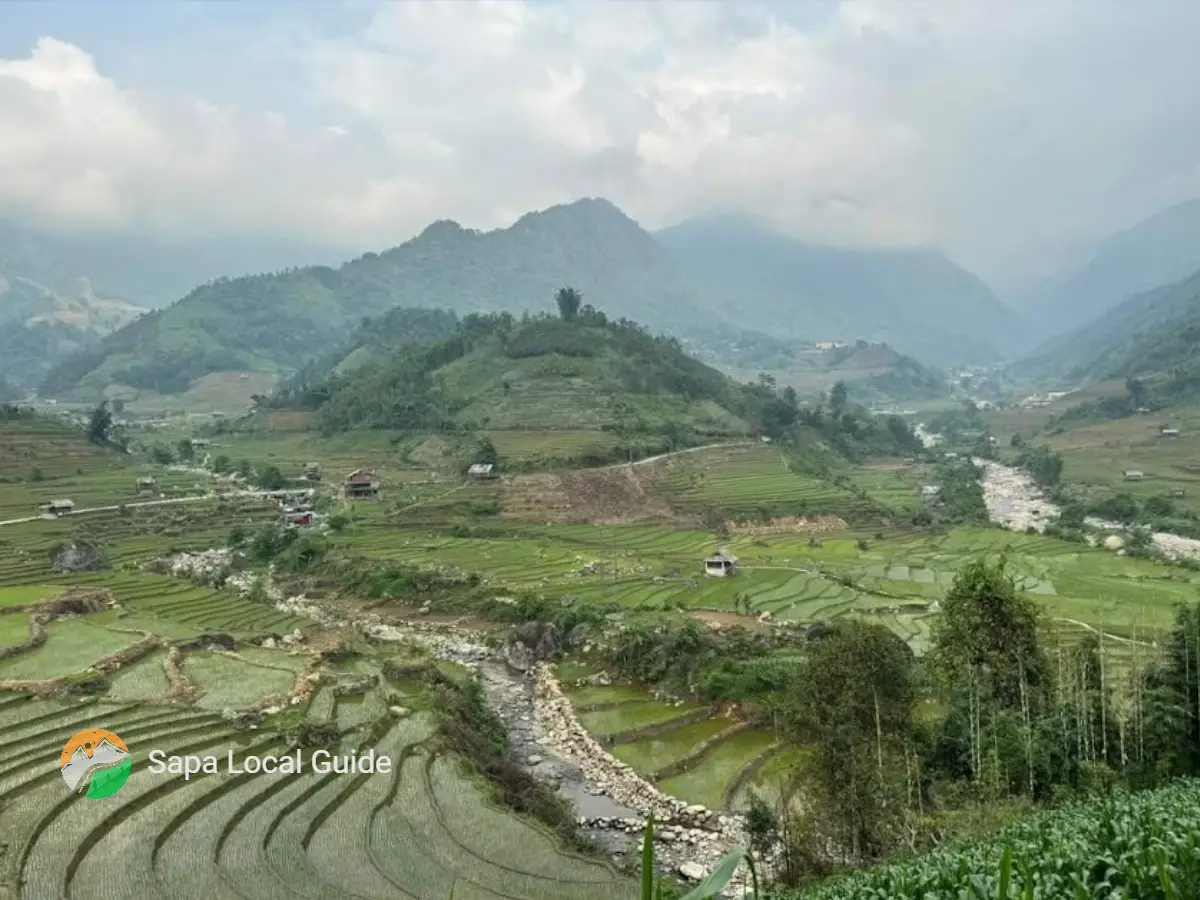
Sapa has beautiful green valleys and forests that are really cool. Waterfalls, rivers, and streams make it even more natural. The air is fresh and clean, making it calm and peaceful.
To see Sapa’s amazing views the best, it’s good to go from September to November when it’s not rainy. That way, you’ll get nice weather and clear skies.
If you love nature or want a quiet getaway, Sapa's amazing views will blow you away. Get ready to be amazed by the awesome mountains, rice fields on the hills, and green valleys when you go local trekking in this pretty place.
Sapa has diverse cultures of different ethnic groups. The Hmong, Dao, Tay, and Giay are among them.
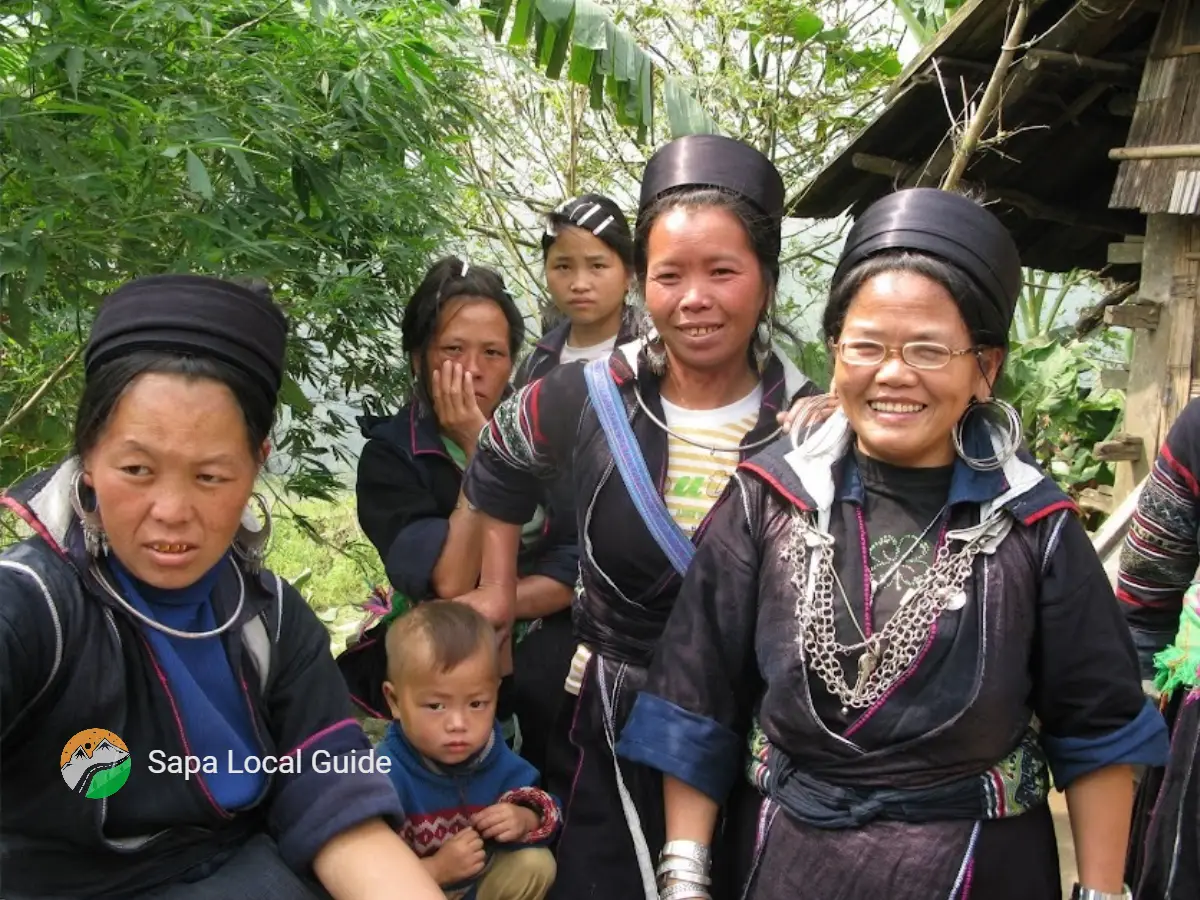
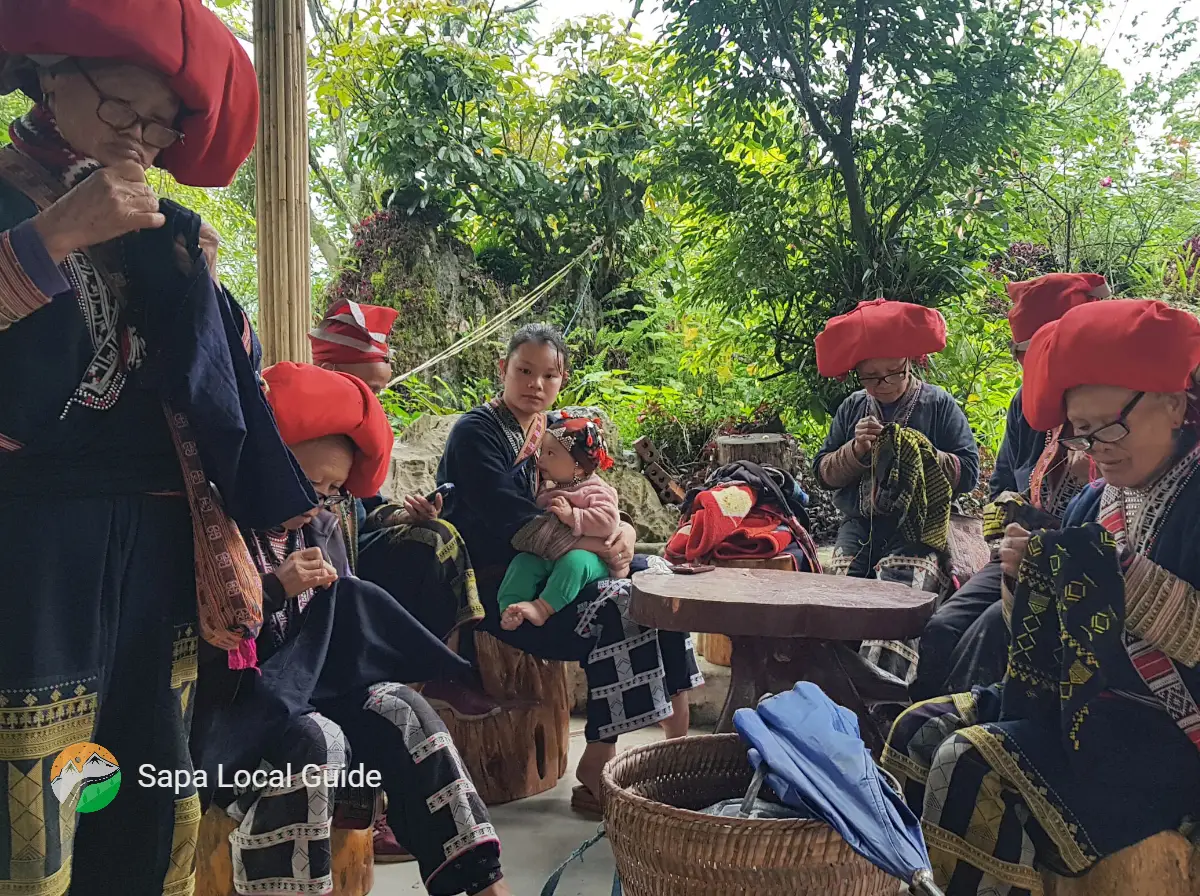
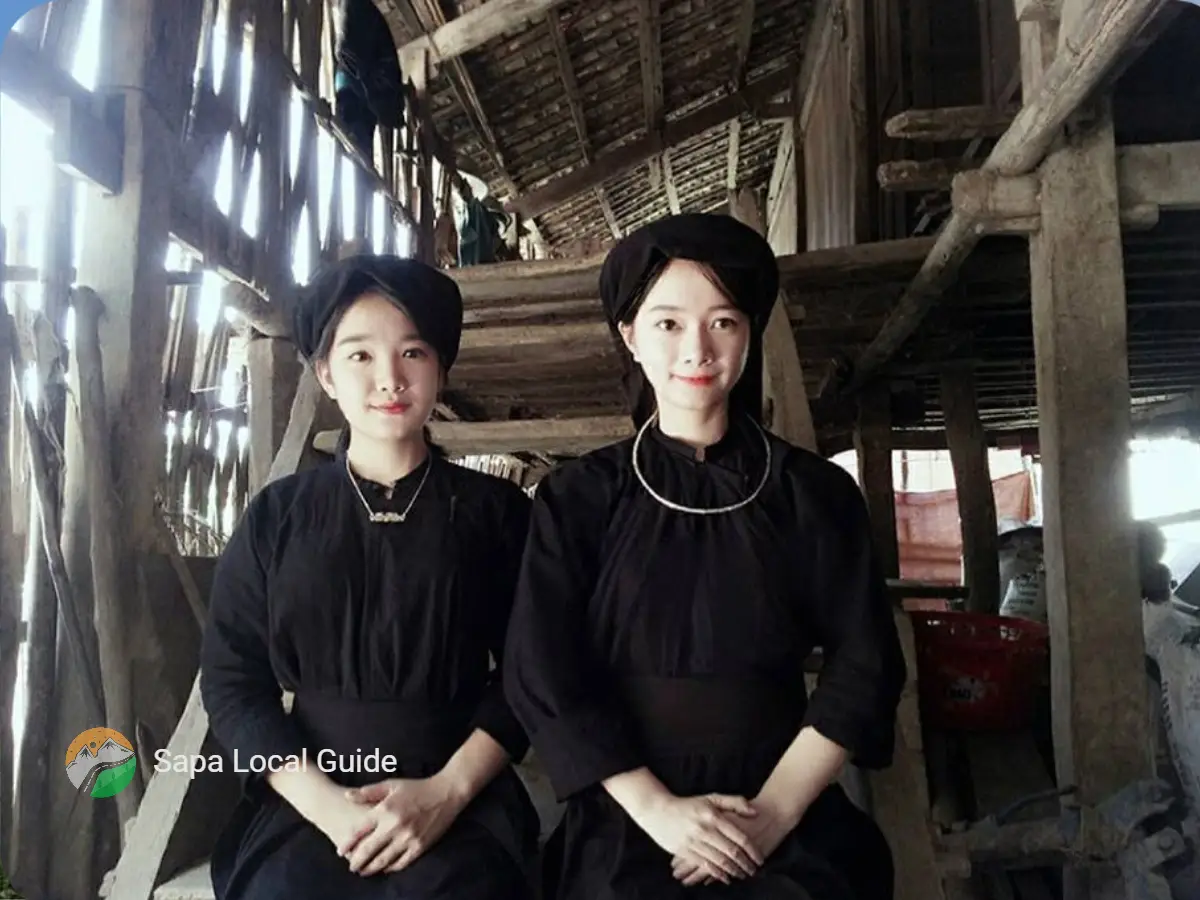
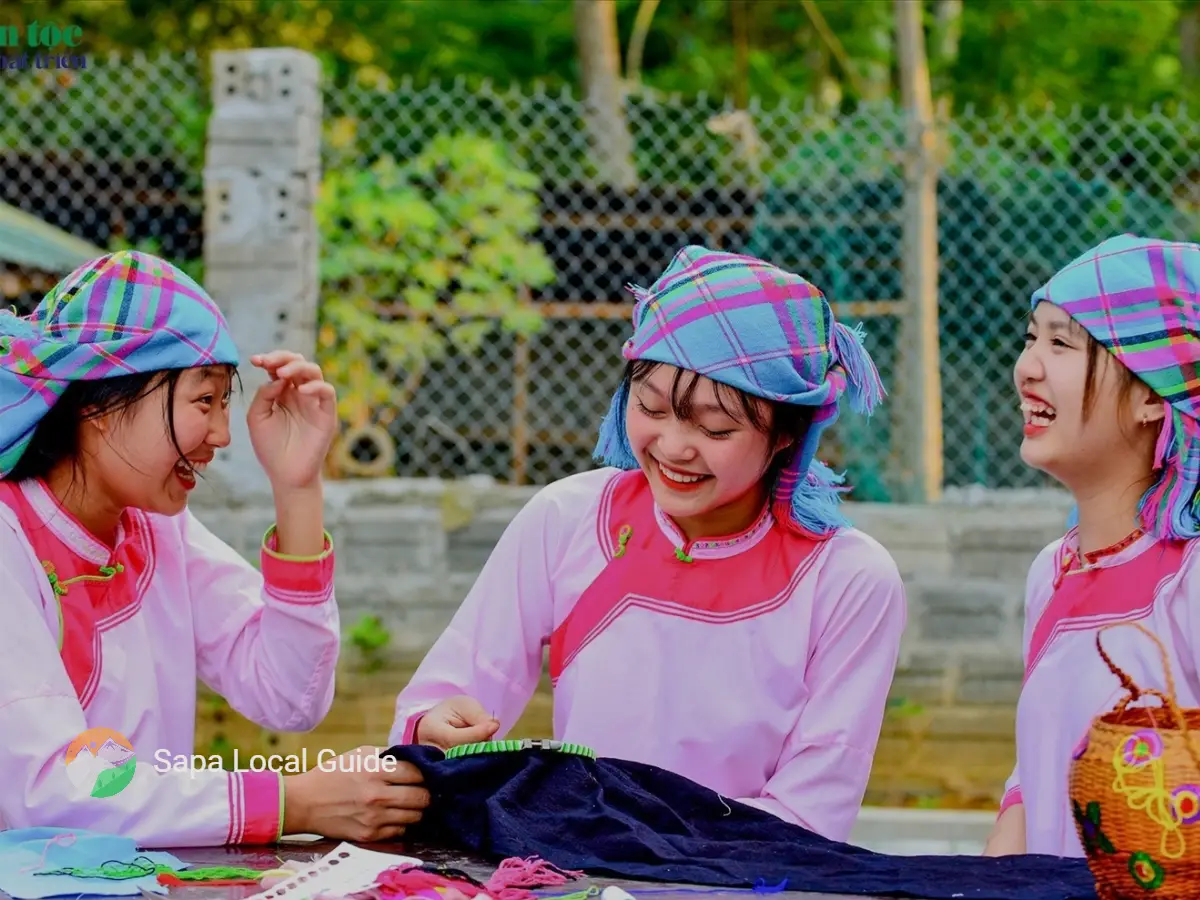
In Sapa, there are many different ethnic groups such as the Hmong, Red Dao, Tay, Giay, Xa Pho, Phu La, and Ha Nhi.
The tough land in Sapa gives an exciting time for people who love local trekking. The steep hills and rough paths give a thrilling journey. The land has lots of rocky roads, thick forests, and weather that can change suddenly, so it's important to prepare well and have the right equipment for trekking. With heights from 1,000 to 3,143 meters, trekkers can see amazing views of terraced rice fields, waterfalls falling down, and beautiful mountain tops.
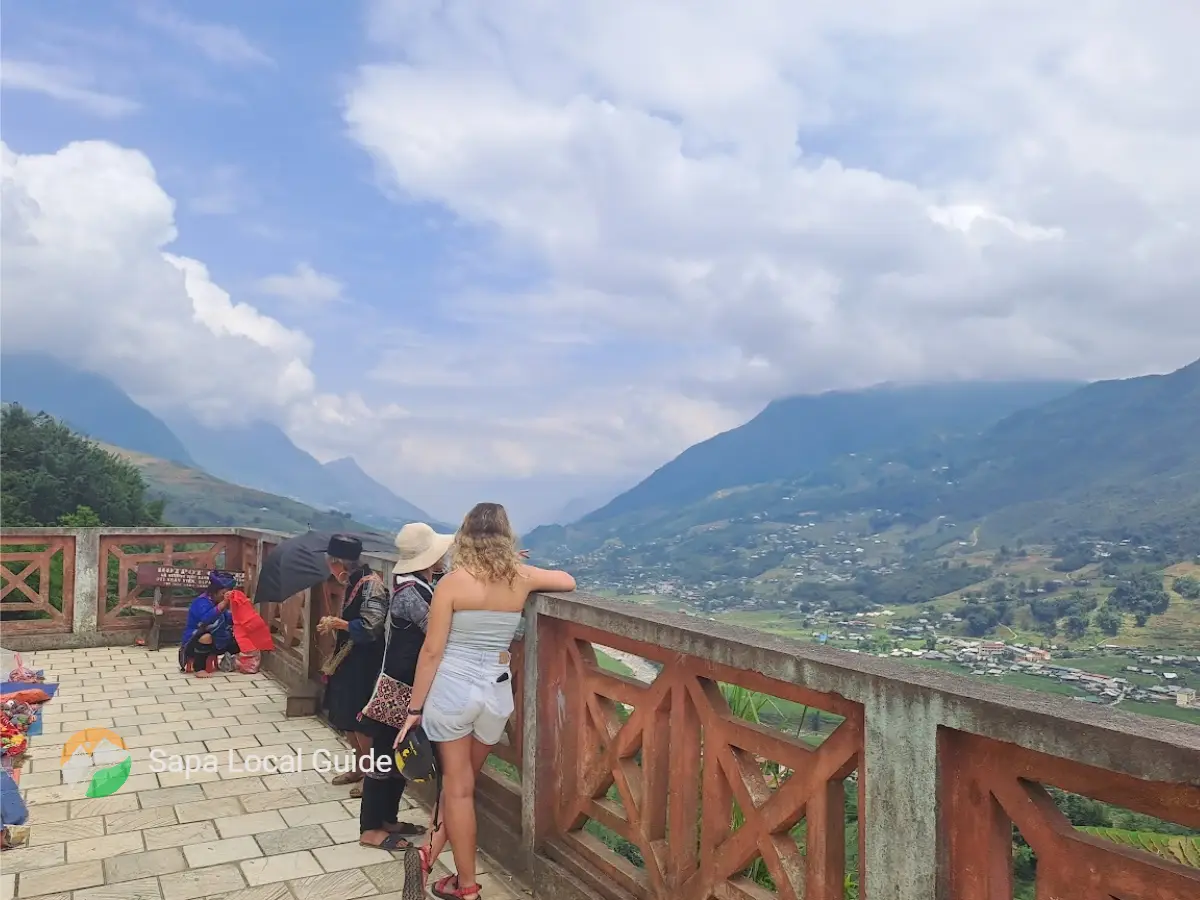
The varied land makes Local trekking in Sapa thrilling, with new challenges and stunning scenery every day, attracting adventure seekers seeking tough trails.
Sapa has been inhabited by different ethnic groups like the Hmong, Dao, and Tay for ages. They've adapted to the rugged mountains, preserving their customs and lifestyle. Sapa's past is intertwined with its terrain, making it an ideal spot for trekkers to discover.
LocalTrekking in Sapa lets tourists see beautiful views and learn about the culture of different ethnic groups there. Talking with locals helps you understand the area's history better and see how strong and flexible the people are. It's great for people who want adventure and to learn and connect with the local culture.
Staying at a homestay in Sapa is a special experience where you can get involved in the local culture and community. Live like a local: Choose a homestay to discover the daily life of Sapa residents. Experience their customs and traditions firsthand.
Authentic lodging: Homestays in Sapa are traditional houses or cottages owned by locals. They offer comfort while displaying local architecture and design.
Tasty homemade meals: Delight in delicious dishes cooked by your hosts. Enjoy traditional Vietnamese cuisine made with fresh, locally grown ingredients.
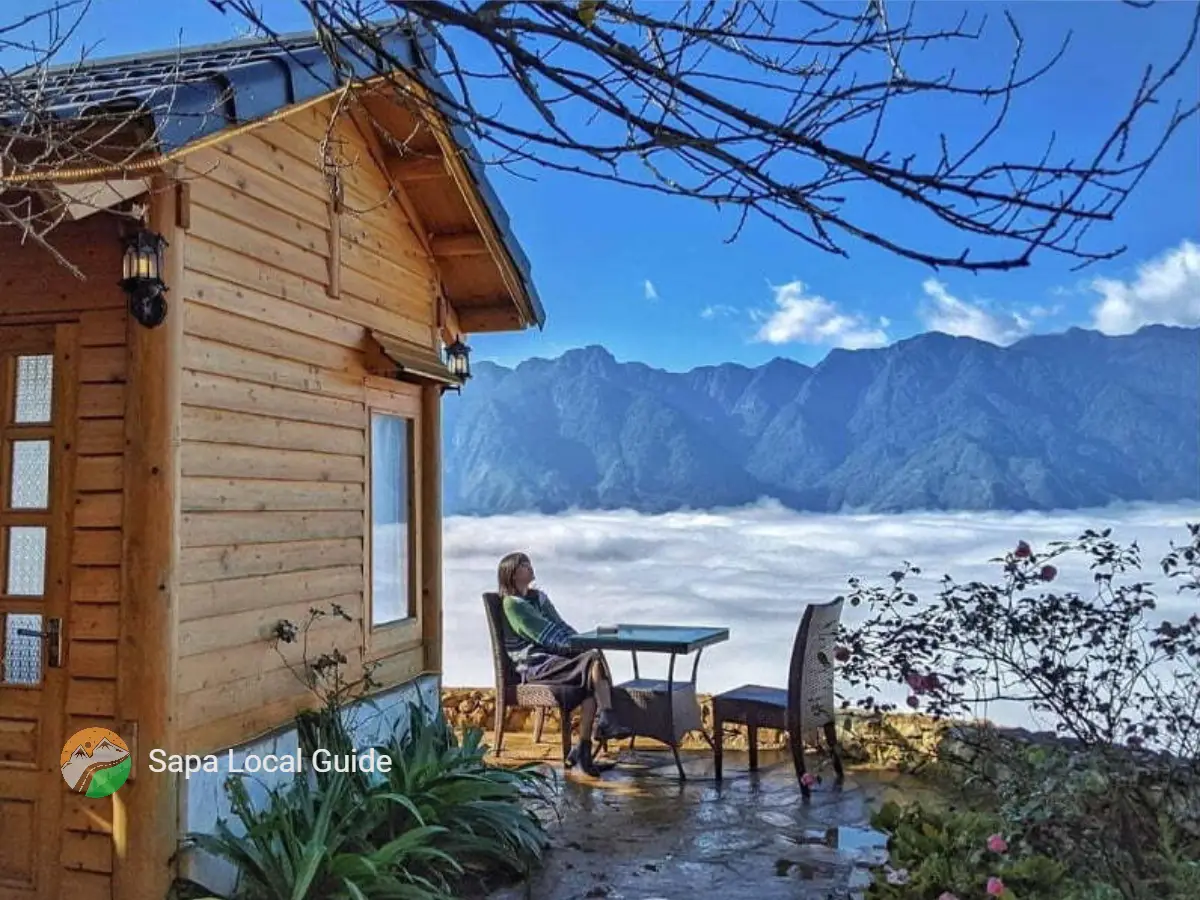
Cultural sharing: Chat with your hosts and other guests to discover about the local culture. Join in activities and traditional events.
Stunning views: Staying with families in Sapa means you'll be in beautiful places surrounded by rice fields, mountains, and valleys.
For a special stay in Sapa, pick families praised for being friendly and sharing their culture. Get into the culture with cooking, farming, or making things.
Bring comfy shoes for walks in the pretty scenery. Forget about tech and get close to the community, nature, and yourself.
When you're in Sapa, don't forget to enjoy the local food to satisfy your taste buds. Give these yummy dishes a try:
To have a real taste of local food, make sure you check out the small family-owned eateries and street vendors. They have the yummiest flavors and let you dive into the local food scene.
Sapa 1 Day

1 day experience,Rice fields, valley, villages. Moderate to challenging, Private,Vegan-friendlyCultural immersion & active adventure
Motorbike Tour

1 day experience,Rice fields,waterfall.Challenging,Private tours friendly Cultural immersion, active adventure
Sapa 2 Days

2 days 1 night experience. Moderate to challenging, adventure. Mountains, valleys, rice fields and villages. Vegan-friendly
Sapa 3 Days

3 days 2 night experienc, Moderate to challenging. Mountains, valley, rice fields & villages. Private tours. Vegan-friendly
Make sure you try the local food in Sapa. Your taste buds will love you for it!
In Sapa, you can taste the yummy food of the area by trying out various traditional dishes. Have you ever had Pho? It's a famous Vietnamese noodle soup with tasty broth, rice noodles, and lots of yummy toppings. If not, Sapa is the best spot to enjoy this delicious meal.
Another dish to excite your taste buds is banana flower salad. This fresh salad has thinly sliced banana flower, fragrant herbs, crunchy peanuts, all mixed with a tangy and spicy sauce. The mix of textures and tastes will definitely make you remember it.
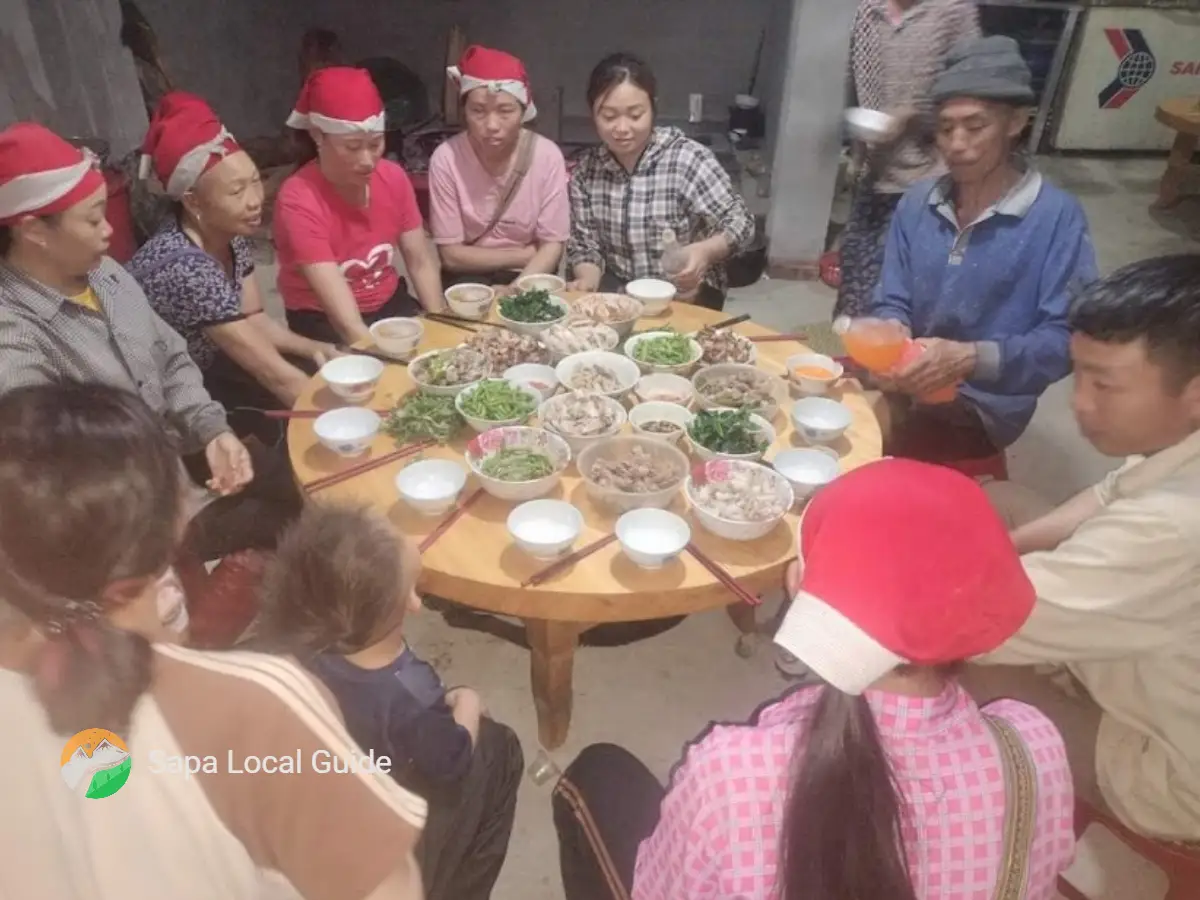
For a tasty treat, you shouldn't miss the grilled pork skewers. They're marinated in yummy spices that make the meat tender and flavorful. Cooked perfectly, these skewers are a real delight for meat lovers.
To try something special, go for sticky rice cooked in bamboo tubes. This way of cooking gives the rice a unique smell and texture, making it unforgettable with any meal.
Another must-try food in Sapa is the famous spring rolls. They're made of rice paper filled with fresh veggies, tasty herbs, and your choice of meat. They come with a yummy dipping sauce, creating a perfect mix of flavors.
If you are feeling a bit more adventurous, it is a must to try the specialty dish of Sapa – “thang co.” This hearty stew showcases cuts of meat such as buffalo, horse, and pork, along with offal and a blend of traditional herbs and spices. The rich and complex flavors of this dish will transport you to the heart of local culture and allow you to savor the authentic taste of Sapa.
Make sure not to miss the chance to explore the diverse range of flavors that Sapa has to offer. What better way to do so than by indulging in these traditional dishes that are sure to leave a lasting impression on your culinary journey?
The hidden waterfalls and caves in Sapa, located in northern Vietnam, are a must-visit for those who love adventure. Sapa has many secret waterfalls that create a peaceful atmosphere. One of the most impressive is the Silver Waterfall, which drops from a height of 200 meters and leaves you in awe. Another popular choice is the Love Waterfall, famous for its romantic vibe. These waterfalls are perfect for a refreshing break from the hustle and bustle of city life.
Sapa is also famous for its interesting caves. The Muong Hoa Cave, situated close to the Muong Hoa Valley, offers a one-of-a-kind experience with its fascinating rock formations and ancient stalagmites.
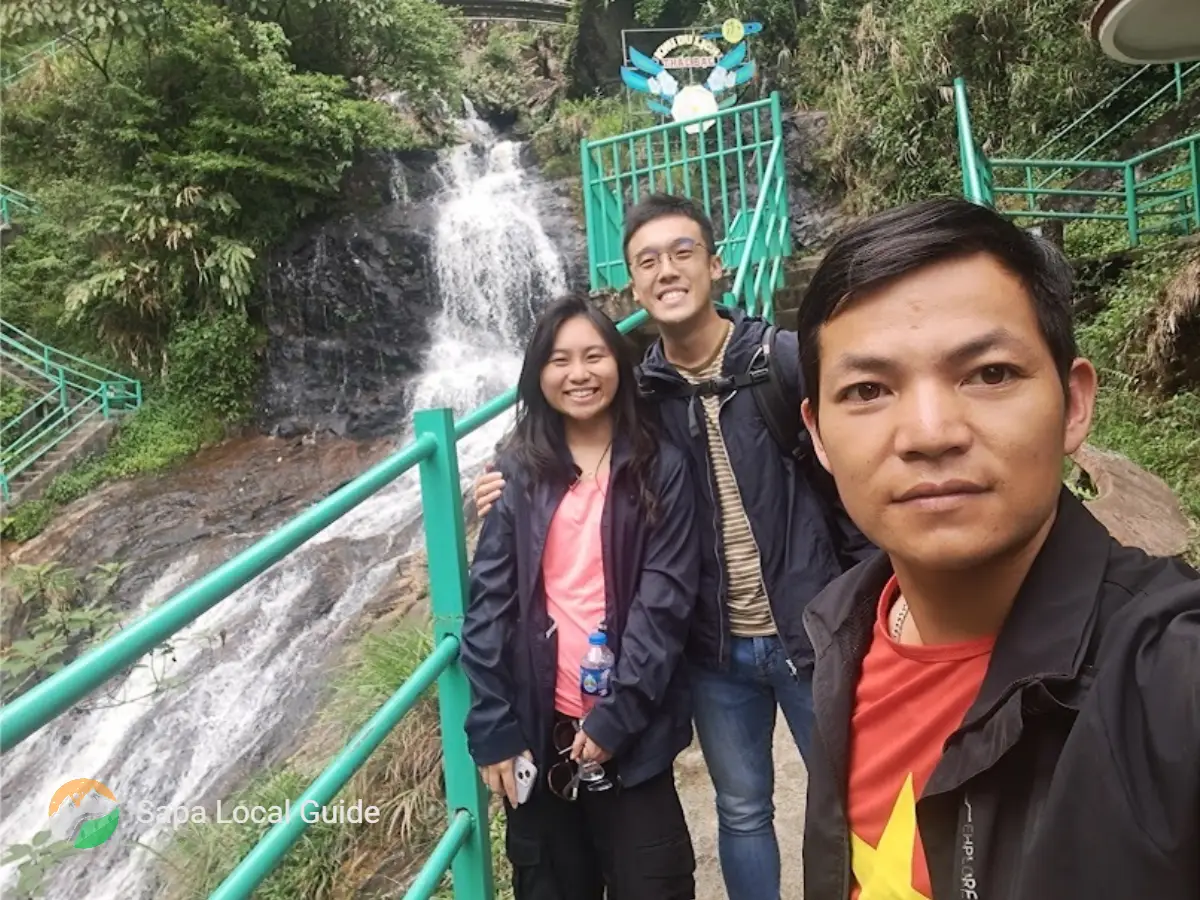
Sapa has secret waterfalls and caves where you can trek and hike, letting you enjoy nature's beauty. Exploring these hidden spots also lets you learn about the local culture. The ethnic groups living there have their own stories and legends about these natural wonders, showing their traditions and beliefs.
When you go to these secret places, remember to care for the environment and respect local people. Don't litter and follow rules from the authorities. Supporting local businesses and tour guides helps keep tourism sustainable.
Visiting these hidden waterfalls and caves in Sapa is an amazing experience where you can see nature's beauty and learn about local life. Put on your hiking shoes and start an adventure to discover these hidden treasures in Sapa.
These are the waterfalls and caves you can explore in Sapa:
Thuy Cung Cave is near Love Waterfall. This cave gives visitors a special adventure. You can see its natural shapes and feel the cool, wet air. It's like a secret treasure waiting to be found.
Tram Ton Cave, close to Tram Ton Pass, is famous for its amazing stalactites and stalagmites. These natural shapes make an incredible underground world that will amaze you. It's a must-visit for those who love rocks.
These waterfalls and caves are important in Sapa's history. They show nature's beauty, give power through hydroelectricity, and provide shelter in hard times for locals. Nowadays, they attract people from around the world who want to see Sapa's unique rocks and enjoy its nature. They are a big part of Sapa's culture and nature, keeping its history alive and charming.
Sapa, located in the north of Vietnam, is famous for its beautiful scenery all year round. This amazing place attracts nature lovers with its stunning views in each season.
In the springtime, Sapa becomes vibrant with colorful flowers and lush green fields. The rice terraces display a mix of colors, making it look like a beautiful painting.
During the summer, Sapa has a special charm. The misty mornings give rise to clear blue skies, revealing stunning views of the mountains around. It's easy for adventurers to explore the hidden treasures of this area through simple trekking paths.
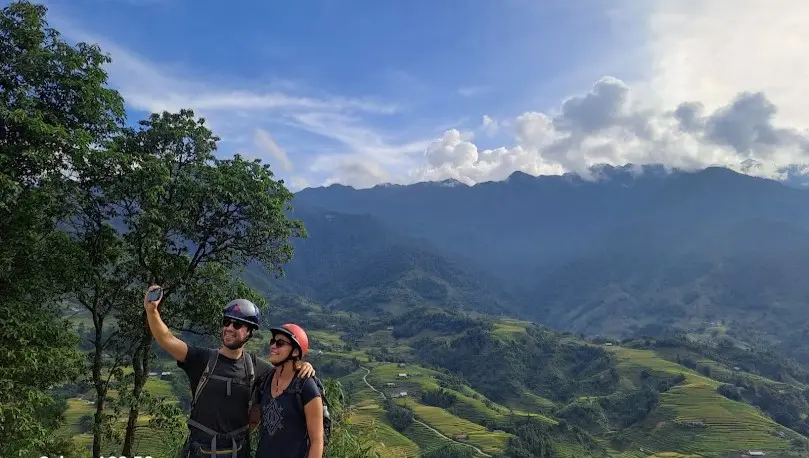
As autumn comes, Sapa turns into a beautiful picture with golden colors. The rice fields change into a gentle yellow ocean, looking like a wonderful painting. The cool air and mild weather make it the best time to enjoy the natural beauty of this magical place.
Winter brings magic to Sapa. The mountains wear a soft layer of snow, making a fairy tale-like scene. The misty mornings add to the dreamy feeling, and seeing the snow-covered peaks leaves people fascinated.
Did you know: Sapa proudly boasts Fan Si Pan, Vietnam's tallest peak, reaching 3,143 meters high? Climbers from all over the world are attracted to the challenge of climbing its slopes and enjoying the breathtaking views from its grand summit.
As autumn comes, Sapa turns into a beautiful mix of gold colors. The rice fields become a gentle yellow sea, like a stunning painting. The cool air and mild weather make it perfect to enjoy the natural beauty of this wonderful place.
Winter brings magic to Sapa. Throughout the year, Sapa changes in weather and scenery. In spring, Sapa is covered in flowers and green plants. The weather is nice, making it ideal for hiking and exploring.
During summer, Sapa gets lots of rain, making the mountains and rice fields misty. The weather gets warmer, but nights can still be chilly. People visit to see the golden rice fields.
In autumn, Sapa showcases vibrant shades of red, orange, and yellow as the leaves change colors. The weather becomes cooler and drier, providing clear blue skies and panoramic views. It is also the harvest season, allowing visitors to see locals working in the fields.
Sapa has many colorful local markets that give visitors exciting and immersive experiences. Let's explore some cool facts about these markets:
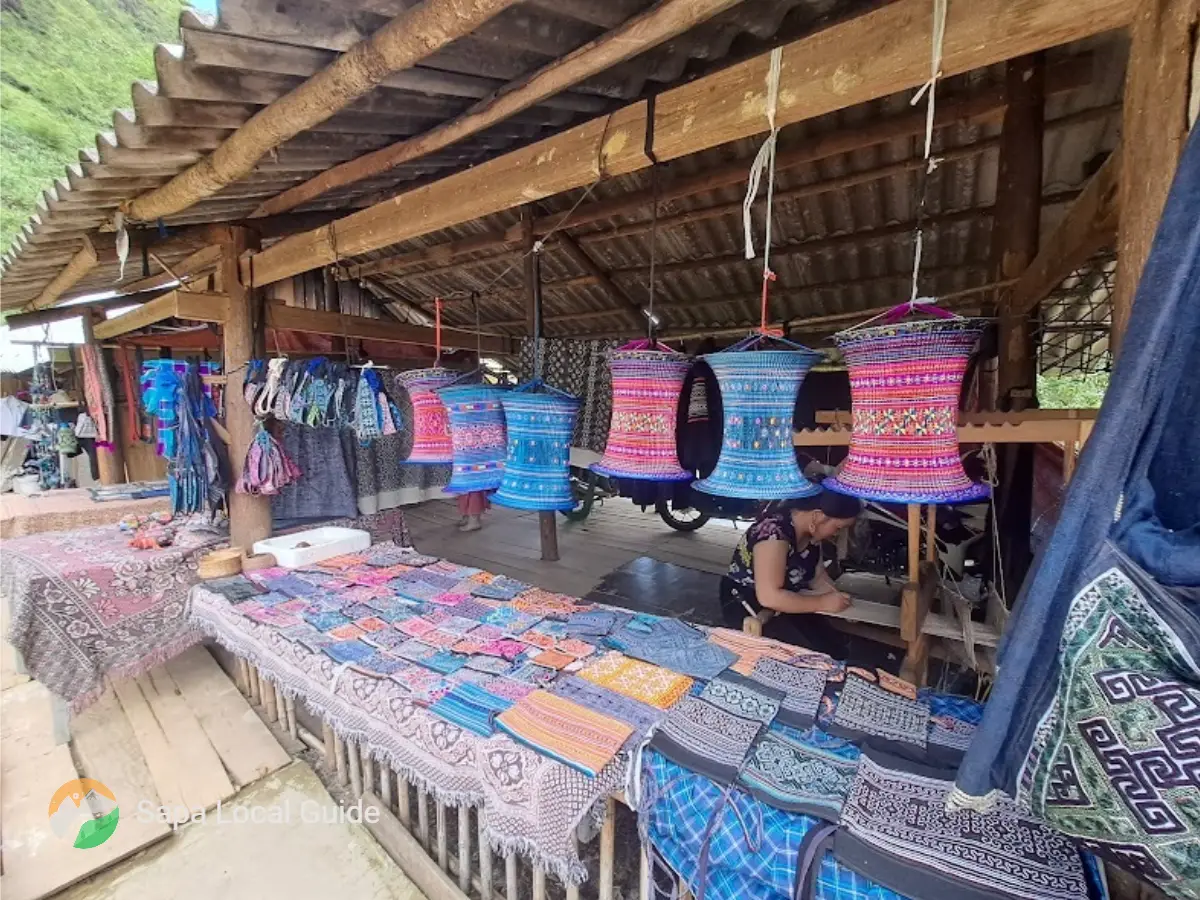
When visiting Sapa’s colorful local markets, embrace the cultural diversity, try the local delicacies, and interact with the friendly locals. It’s an opportunity to immerse yourself in the rich tapestry of Sapa’s ethnic communities and create unforgettable memories.
If you're wondering which markets to check out in Sapa, don't worry. Let me tell you about the best markets around.
Don't miss out on Muong Hum Market on Sundays. It's famous for its colorful fabrics and detailed embroidery, perfect for finding special souvenirs and gifts.
For a calm and lively vibe, visit Coc Ly Market. Found by the Chay River, it features crafts, herbal remedies, and fresh fruits. You can even take a relaxing boat ride.
The Love Market in Sapa is a must-see. This special event happens every Saturday night, where young people from different tribes gather to find partners. It's a fascinating glimpse into local traditions and customs in Sapa.
Sapa is a captivating place for tourists in Vietnam because of its fascinating history and cultural heritage. This beautiful town and the nearby areas are famous for having different ethnic groups like the Hmong, Dao, and Tay, who have kept their traditions alive for many years.
In the past, during the time when Vietnam was under French control, Sapa became important as a hill station. The French built modern things like roads and bridges, and they also grew tea and fruits here, which helped the place to grow.
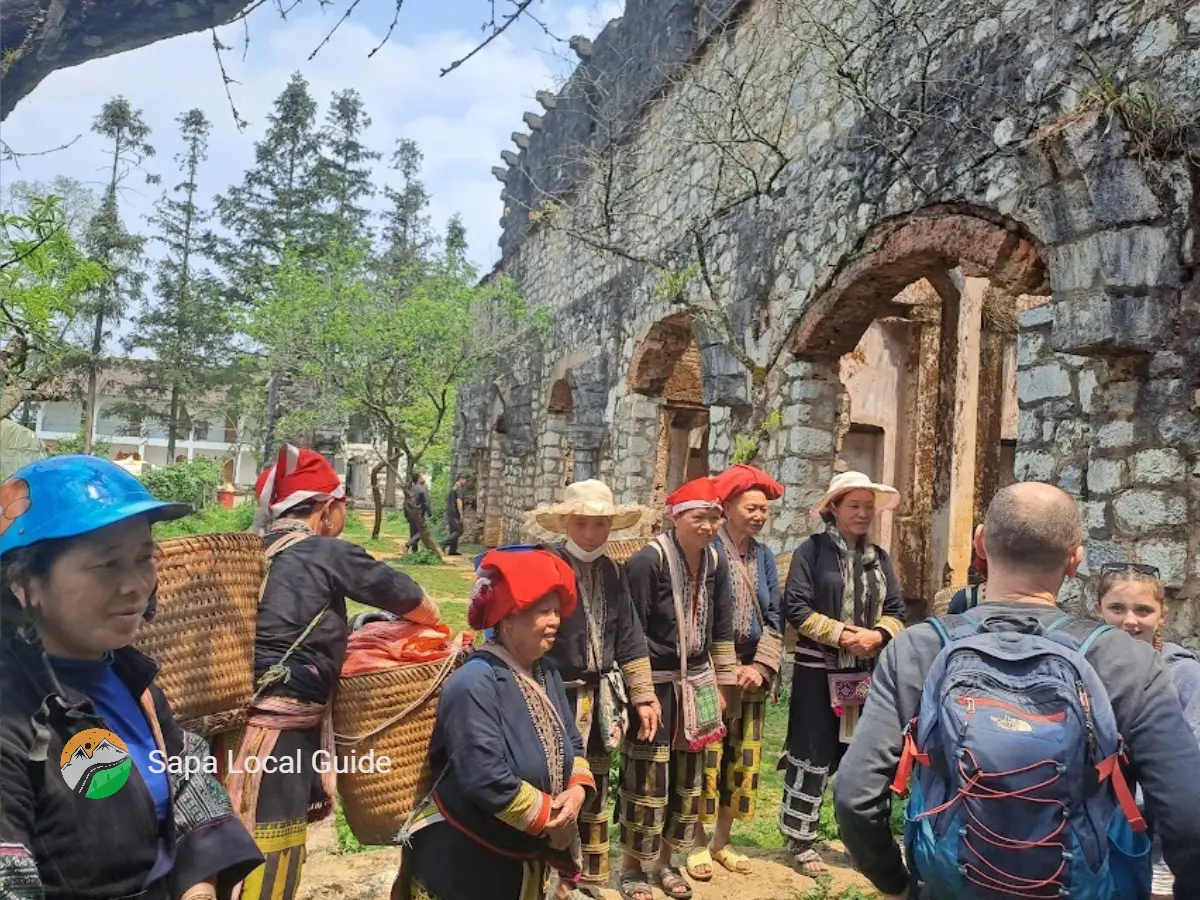
Sapa is known for its rich culture, which is shown through lively festivals and traditional crafts. Local people happily celebrate their spiritual beliefs and important farming events with colorful festivals. Tourists can watch captivating traditional dances, taste local foods, and learn about traditional herbal medicine.
One of the town’s highlights is its traditional crafts, like detailed embroidery and colorful fabrics. These crafts show the talent and creativity of local artists, passed down through families.
Sapa’s history and culture let visitors deeply experience the traditions of ethnic groups. Exploring the town and its surroundings helps people understand Vietnam’s diverse culture.
When you go around Sapa, there are many historical and cultural places you can check out. These places give you a peek into the area's rich history and culture. So, what places like that can you visit in Sapa?
One cool spot to see is the Stone Church, also called Our Lady of the Rosary Church. This famous building, put up by the French in the early 1900s, shows off colonial-style architecture and is still used as a church today.
Another awesome place is the Sapa Museum. It's full of info about the history of the area and the cultures of different ethnic groups. Inside, you can see old stuff, traditional clothes, tools, and pictures that tell you all about how people lived here.
If you're keen on exploring a traditional Hmong village, you must visit Cat Cat Village. There, you can see traditional Hmong houses, watch traditional crafts, and learn about the special customs and traditions of the Hmong people.
For a deeper dive into local culture, Ta Phin Village is where the Red Dao people live. You can admire their colorful traditional clothes, try a traditional herbal bath, and experience how the Red Dao live.
If you're interested in seeing how locals farm, trekking through the stunning Muong Hoa Valley is a must. The valley is famous for its terraced rice fields, which show the skill and hard work needed to farm these beautiful landscapes.
If you’re keen on discovering a traditional Hmong ethnic village, you should definitely visit Cat Cat Village. Here, you can explore traditional Hmong houses, see traditional handicrafts, and understand the unique customs and traditions of the Hmong people.
For a deeper dive into the local culture, during my trekking adventure in Sapa, I chose a responsible tour operator that focused on responsible trekking and sustainable tourism in Sapa. Our guide, a local from an ethnic minority village, shared stories about the region’s history, culture, and environment. We stayed in a community-run homestay and got to interact with villagers, learning about their daily lives and taking part in traditional activities. It was a rewarding experience that built a genuine connection with the local community while also making a positive impact on the environment. Responsible trekking and sustainable tourism are vital for preserving the beauty and authenticity of Sapa. Here are some key points to consider:
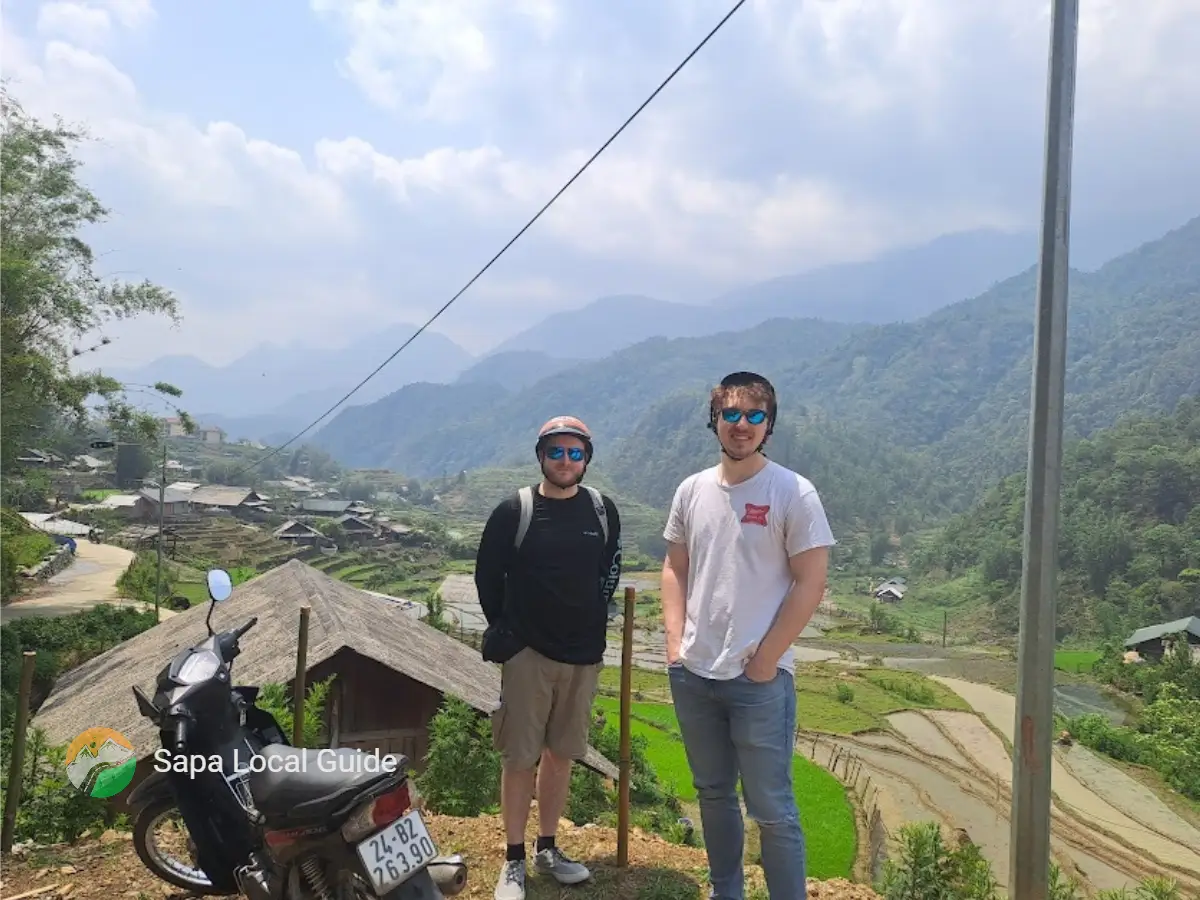
Promoting sustainable tourism in Sapa involves taking various steps to keep the environment intact and support the local community. These actions play a crucial role in ensuring Sapa remains a sustainable tourist destination in the long term.
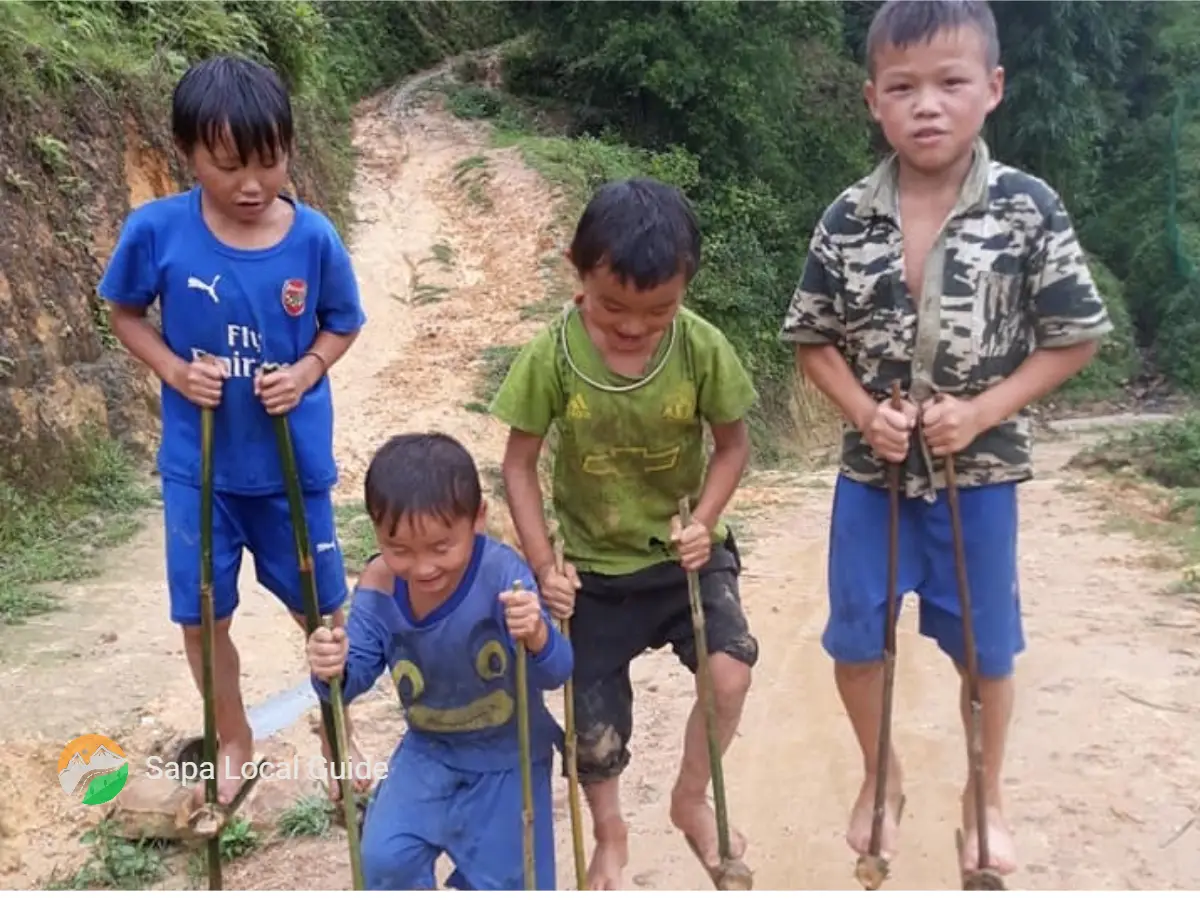
Sapa's trying to balance tourism and nature protection to keep this awesome place going strong for a long time.
Trekking in Sapa is super cool! You get to see amazing stuff and have loads of fun. Check out why you should totally go trekking there:
Trekking in Sapa is just the best! You'll have an awesome time seeing incredible nature, meeting cool people, and having the adventure of a lifetime!
✅ Sapa has Vietnam’s tallest mountain, Fan Si Pan, and amazing terraced rice fields.
✅ The town of Sapa has a cool history. The French made it a hill station way back in the 1900s.
✅ To get to Sapa, most people join organized tours. You usually take a train from Hanoi to Lào Cai and then go to Sapa.
✅ Trekking in Sapa means seeing beautiful mountains and valleys. Sometimes it's misty or rainy, which makes it more exciting.
✅ Lots of Sapa trekking tours let you stay in local homes. You can experience their culture and eat meals with friendly families.
What Are Some Beautiful Places to Explore When Local Trekking in Sapa?
During your trek in Sapa, you can discover many picturesque spots such as the Muong Hoa Valley, the Hoang Lien Son Mountain Range, and the terraced rice fields. These locations offer breathtaking views and are ideal for nature enthusiasts and photography lovers.
Is It Necessary to Book a Tour for Trekking in Sapa?
While it's possible to trek independently in Sapa, it's highly recommended to book a tour. The trails are unmarked, increasing the risk of getting lost. Booking a reputable trekking tour online in advance ensures a safe and enjoyable experience.
What Should I Bring for a Sapa Local Trekking Tour?
For your Sapa trekking adventure, remember to pack sunscreen, sturdy shoes, insect repellent, a raincoat, a swimsuit, and plenty of water. Dressing in layers is important due to the changing weather. Additionally, bring extra phone battery and charger, along with first aid essentials like band-aids and pain relievers.
How Can I Travel to Sapa for Local Trekking?
To reach Sapa for trekking, consider organized tours as the most convenient and cost-effective option. The journey typically involves a train ride from Hanoi to Lào Cai, where tourists are then transferred to Sapa by drivers. Although the train ride may be noisy and uncomfortable, it offers a chance to rest before the trekking adventure begins.
When Is the Best Time to Visit Sapa for a Local Trekking?
The optimal time for Local trekking in Sapa is from March to May and from September to November. During these periods, the weather is mild and dry, and the terraced rice fields display their vibrant colors. While Sapa can be visited year-round, each season showcases its own unique charm.
Are There Cultural Experiences During Local Trekking in Sapa?
Certainly! Local Trekking in Sapa provides numerous cultural opportunities. Trekking tours often include homestays, allowing tourists to reside with local families and share meals. This facilitates interaction with ethnic minorities, providing insights into their traditions and lifestyle. It's an excellent chance for cultural exchange and an immersive learning experience.
Sapa 1 Day

1 day experience,Rice fields, valley, villages. Moderate to challenging, Private,Vegan-friendlyCultural immersion & active adventure
Motorbike Tour

1 day experience,Rice fields,waterfall.Challenging,Private tours friendly Cultural immersion, active adventure
Sapa 2 Days

2 days 1 night experience. Moderate to challenging, adventure. Mountains, valleys, rice fields and villages. Vegan-friendly
Sapa 3 Days

3 days 2 night experienc, Moderate to challenging. Mountains, valley, rice fields & villages. Private tours. Vegan-friendly
Complete with itinerary, destinations, food, accommodation and tips!
